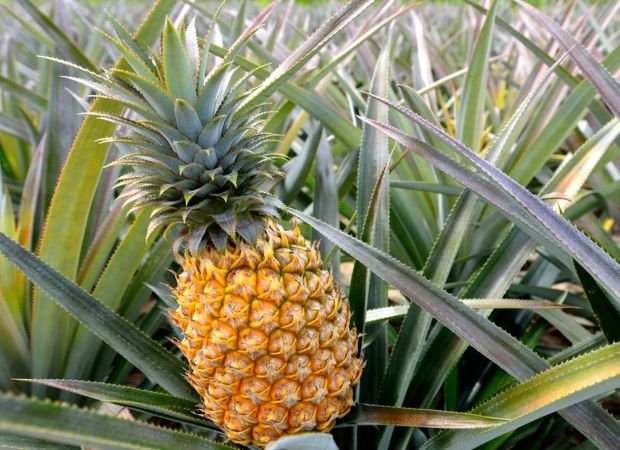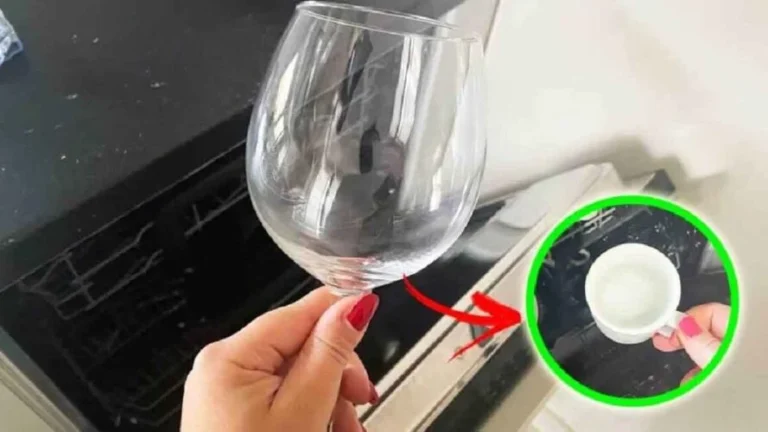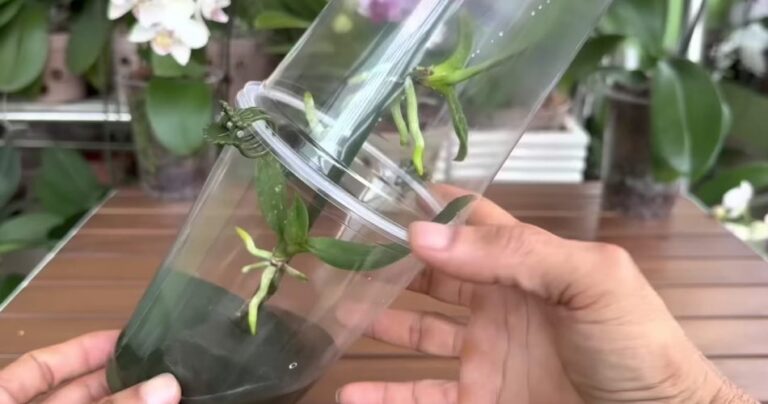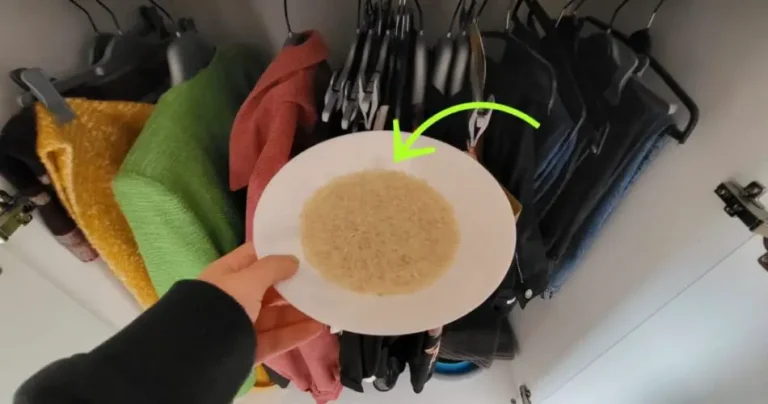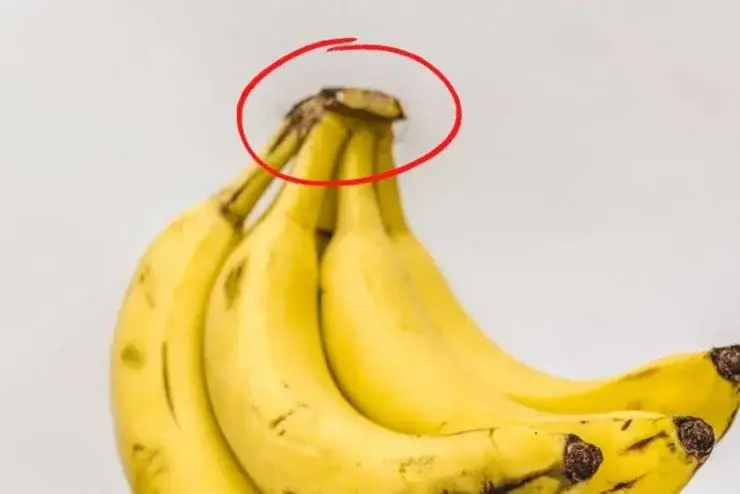How do you grow a pineapple from the fruit?
Did you know that the tall leaf of store-bought pineapple can be rooted and grown as a houseplant?
To make this, simply choose a fresh pineapple from the local grocery store, preferably organic, then cut off the top of the pineapple and place the roots. Try to choose a pineapple that still has the most attractive foliage or is very varied, especially if you want to get a beautiful indoor plant that is pleasing to the eye; Plus, good foliage can mean the plant is easier to root and you can enjoy your pineapple plant all year round.
Rooting and growing pineapple pieces are easy to maintain. Once you bring the pineapple home, cut off the top of the fruit about 1.5cm below the leaves. Then remove some of the lower leaves. Cut the outside of the pineapple top at the base of the crown or stem, until you see the root buds. These should appear as small brown bumps around the circumference of the stem. Let the pineapple dry for a few days to a week before planting it. This will help the top heal, avoiding rot, mold and disease problems.
While it is possible to root a pineapple in water, you will probably have a better chance of it taking root directly in soil. Use a mixture of light potting soil with perlite and sand. Insert the top of the pineapple into the soil up to the base of the leaves. Water well and place the plant near bright, indirect light. Keep the plant moist until roots develop.
It takes about two months (6 to 8 weeks) for the roots to take root. You can check for rooting by gently pulling on the top to see the roots. Once the roots have grown significantly, you can give the plant some extra light.
If you grow pineapple, you need to provide at least six hours of bright light per day. Water the plant as needed, allowing some time to dry between waterings. You can also fertilize the pineapple plant with a soluble fertilizer once or twice a month in spring and summer.
If desired, you can move the pineapple plant to a semi-shaded location in late spring and summer. However, be sure to store it inside for the winter before the first autumn frosts. Because pineapples are slow-growing plants, don’t expect to see flowers for at least two or three years, if at all. However, it is possible to encourage mature pineapple plants to flower: placing the plant on its side between watering encourages the production of ethylene, which induces flowering. You can also put the pineapple in a plastic bag with an apple for a few days. Apples are known to emit ethylene gas. With any luck, flowering should occur within two to three months.
